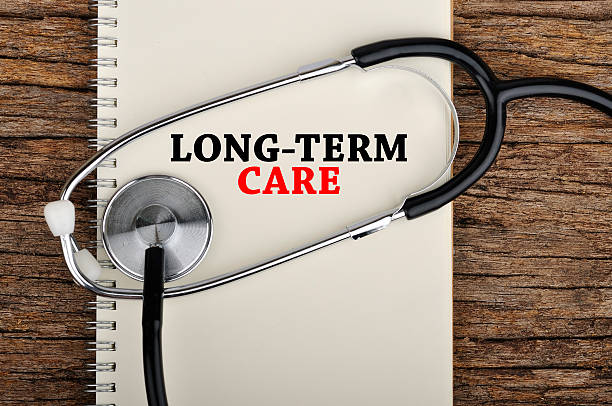Talk about circular reasoning: A “robot tax” to combat the consequences of regulations that are pushing employers to replace workers with robots
Epitomizing the idea of “government breaking your leg and then giving you a crutch” is the newest proposal under consideration in California. Some policymakers there are pushing for a statewide robot tax to penalize employers who respond to the state’s job-killing high labor costs by replacing workers with automation.
Under the proposal, for every human job lost to robot labor, employers would have to pay the same amount of tax and social security that person was due. Money collected from the proposed “robot” payroll tax would be used to educate out-of-work employees and train them for new jobs.
The irony, of course, is the reason many low-skill jobs are threatened by automation is because of California’s costly layers of labor laws.
California has a statewide paid sick leave law, paid family leave law and a $15 minimum wage law. Now some lawmakers are trying for a restrictive scheduling law. The impact of these laws is to make it more expensive, not to mention just plain difficult, to have employees, which has the predictable effect of encouraging employers to figure out ways to make do with fewer of them.
One of those ways is to automate. In addition to being cost effective and efficient, robots are easier to handle than humans. As one security guard who shares his job with a Knightscope K5 security robot laments, "He doesn't complain. He's quiet. No lunch break. He's starting exactly at 10."
Service industry CEOs have repeatedly said higher minimum wages are “encouraging automation,” and left-leaning Microsoft co-founder Bill Gates cautioned that a higher minimum wage would “encourage labor substitution” and incentivize employers to “buy machines and automate things” and ultimately “cause job destruction.” Liberal University of Massachusetts economics professor Arindrajit Dube, who actively supports a “modestly higher wage” than the current federal minimum wage of $7.25, has said a radical increase to $15 an hour could encourage automation and kill low-skill jobs:
“Would I be concerned about possible job losses if there were a $15 minimum wage in the restaurant industry, yes, I’d be concerned. There are concerns that it might lead to the substitution of automation for workers”
Those warnings fell on deaf ears, and California pushed ahead with its slew of new labor mandates. In response, more and more service industry employers have embraced technology to reduce their workforce. Things like self-ordering kiosks and touch-screen pads at tables are common in restaurants. In the manufacturing industry, automation is the biggest threat to low-skill workers who must now be paid artificially higher wages:
“Automation has transformed the American factory, rendering millions of low-skilled jobs redundant.”
So what is a policymaker to do when the policies they push end up putting humans out of work as employers dodge higher labor costs by automating?
Penalize the employer with a new tax, of course!
San Francisco Supervisor, Jane Kim, the brains behind this statewide proposal (and upcoming ballot measure), says a robot tax is a “necessary solution” to generate funds that could be used to “educate people for better work.”
Here’s a newsflash for Ms. Kim—minimum wage jobs used be the way to “educate people for better work.” The entry-level, low-skill jobs that paid a lower minimum wage were the mechanism by which workers with little or no skills gained the experience they needed to leverage higher wages and better jobs in the future.
In losing sight of this in favor of the misguided belief that every job, no matter how menial, should be a “living wage” job with middle-class wages, minimum wage advocates have effectively guaranteed those entry-level workers will have even fewer opportunities for a better job with higher wages.








